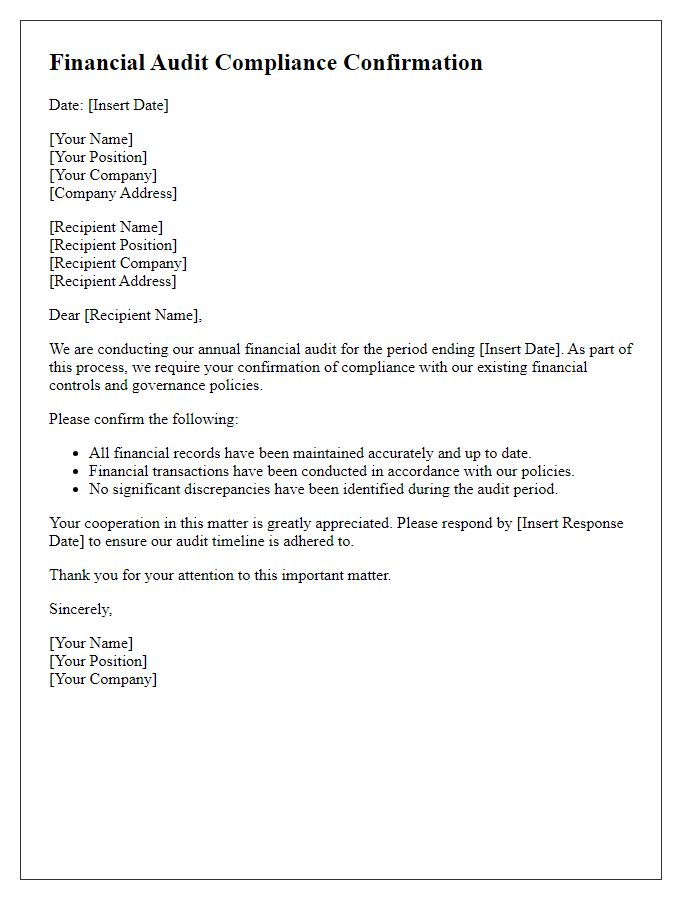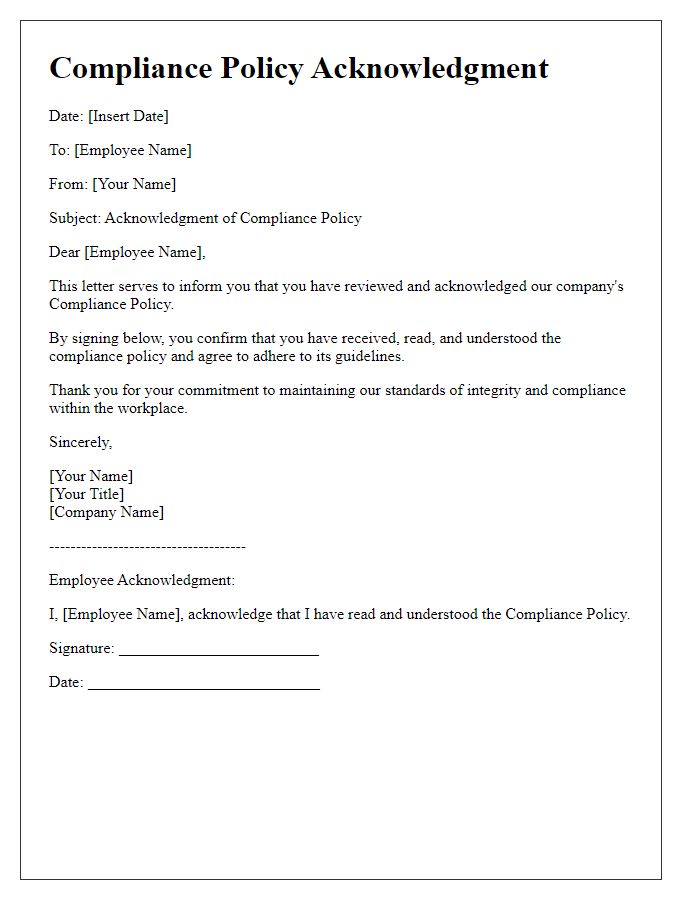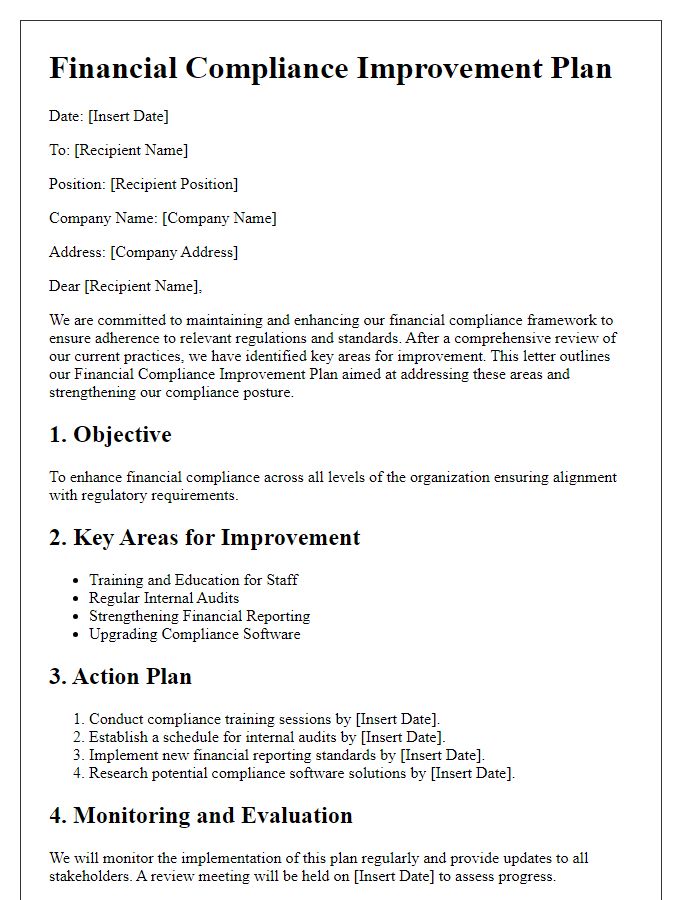Are you navigating the complex landscape of financial regulatory compliance? Whether you're a seasoned professional or just starting, understanding the nuances of compliance is crucial for your organization's success. From ensuring adherence to regulations to implementing best practices, staying informed is key. Join us as we explore essential strategies and insights that will help you master financial regulatory complianceâread on to uncover valuable tips!

Regulatory Framework and Jurisdiction
The financial regulatory compliance landscape encompasses various entities, rules, and frameworks ensuring institutional adherence to legal standards. Regulatory bodies, such as the Securities and Exchange Commission (SEC) in the United States, oversee compliance with securities laws to protect investors. Jurisdictions, including countries like the United Kingdom governed by the Financial Conduct Authority (FCA), enforce regulations guiding market participants. Additionally, international frameworks, such as the Basel III Accord implemented by the Basel Committee on Banking Supervision, establish capital requirements for banks to enhance stability. Specific compliance measures involve adhering to Anti-Money Laundering (AML) laws, which mandate reporting suspicious activities. Ongoing audits and risk assessments are vital for organizations to maintain their standing within these regulatory frameworks.
Compliance Reporting and Documentation
Compliance reporting and documentation plays a crucial role in financial regulatory frameworks, such as the Dodd-Frank Act (enacted in 2010 in the United States) or MiFID II (introduced in 2018 across Europe). These regulations mandate financial institutions to maintain precise records of transactions and activities to ensure adherence to compliance standards and mitigate risks associated with illegal practices. Regular reporting cycles (quarterly or annually) require detailed documentation that encompasses transaction logs, records of client interactions, and internal audits. Failure to comply can result in substantial penalties, with fines potentially reaching millions of dollars, depending on the severity of the infraction. Institutions must utilize compliance management systems (CMS) and tools to facilitate accurate data collection, reporting, and risk assessment, ensuring alignment with regulatory expectations and foster trust with stakeholders.
Risk Assessment and Mitigation Strategies
Comprehensive risk assessment frameworks are essential for financial institutions to maintain regulatory compliance within rapidly evolving markets. Identifying potential risks, such as credit risk associated with defaulted loans or operational risk due to system failures, requires a thorough evaluation of both quantitative data and qualitative factors. Regulatory bodies like the Federal Reserve (U.S.) emphasize the significance of implementing effective mitigation strategies, including stress testing and scenario analysis, to understand the potential impact of adverse conditions. Additionally, organizations must deploy robust monitoring systems that continuously assess their risk profiles, integrating tools like artificial intelligence algorithms to predict market fluctuations and enhance decision-making processes. By fostering a culture of transparency and accountability, financial entities can navigate compliance challenges, ensuring they meet the rigorous standards set forth by global regulations, such as the Basel III framework, while safeguarding their assets and reputation.
Transparency and Disclosure Requirements
Financial regulatory compliance mandates stringent transparency and disclosure requirements to ensure that organizations maintain accountability to stakeholders. Publicly traded companies, such as those listed on the New York Stock Exchange (NYSE), are required to disclose quarterly financial statements, including balance sheets, income statements, and cash flow statements, in accordance with Generally Accepted Accounting Principles (GAAP). These filings, which are submitted via the Securities and Exchange Commission (SEC) on Form 10-Q or Form 10-K, provide insight into the company's financial health and operational performance. Additionally, organizations must adhere to guidelines set forth by the Sarbanes-Oxley Act, which emphasizes internal controls and the accuracy of financial reporting. Failing to comply can result in significant penalties, including fines, restrictions on operations, or even criminal charges, ultimately undermining investor trust and market stability.
Legal and Penalty Implications
Financial regulatory compliance involves adherence to laws and regulations set forth by governing bodies, such as the Securities and Exchange Commission (SEC) in the United States or the Financial Conduct Authority (FCA) in the United Kingdom. Non-compliance can lead to severe legal implications, including hefty fines (which can range from thousands to millions of dollars), restrictions on business operations, or even criminal charges against executives. Regulatory frameworks, such as the Dodd-Frank Act or the Sarbanes-Oxley Act, establish specific guidelines that financial institutions must follow to prevent misconduct and protect investors. Organizations should conduct regular audits and risk assessments to identify compliance gaps, ensuring all transactions are transparent and accurately documented to mitigate potential penalties. In addition, legal counsel should be engaged to navigate complex regulatory landscapes, ensuring continuous adherence to evolving compliance standards.













Comments